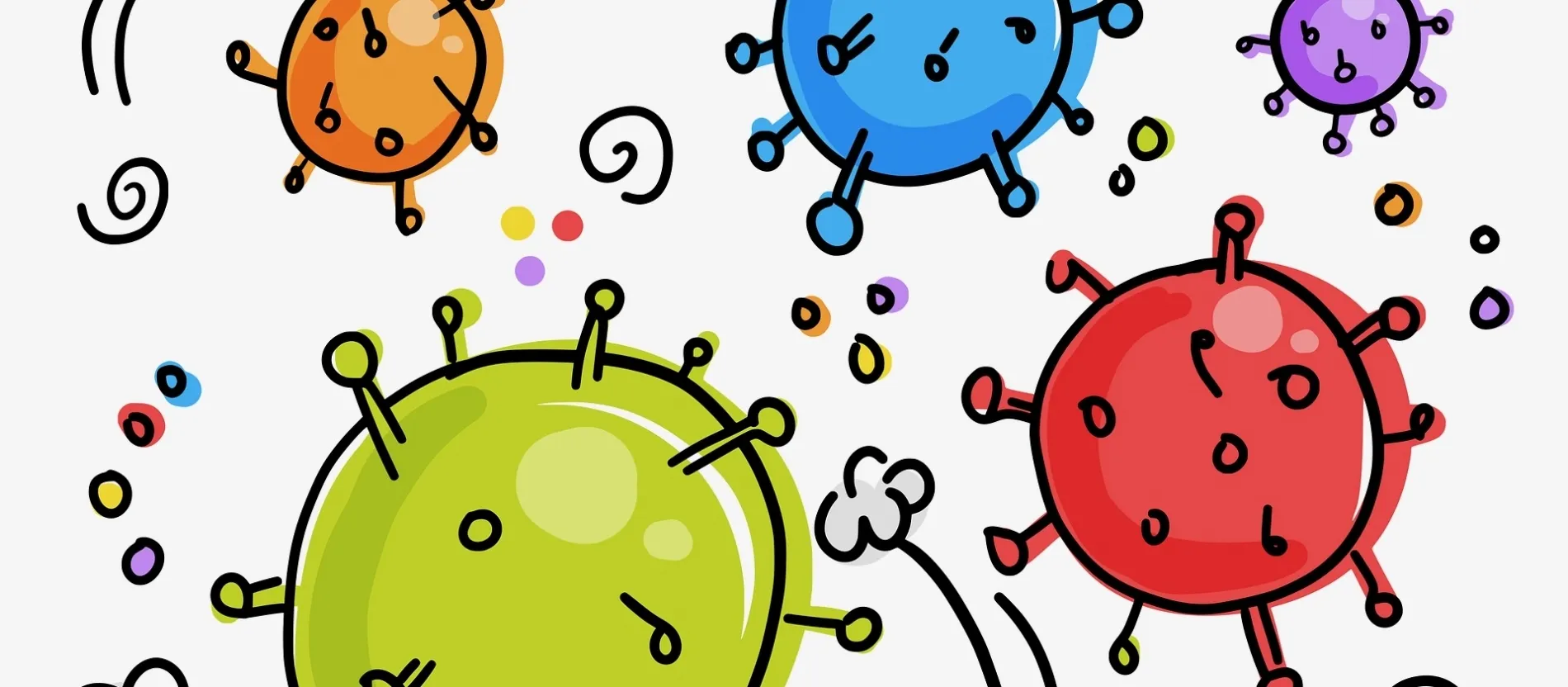A significant number of viruses have been associated with type 1 diabetes, such as the Coxsackie B interovirus, rotavirus, papers or cytomegalovirus.
There is evidence that environmental factors have an important role in the development of type 1 diabetes mellitus, including viruses.
However, these alone do not have any mechanism of origin that evidence an explanation of the environmental etiology of type 1 diabetes.
On the other hand, a variety of viruses and mechanisms can contribute to the development of diabetes in genetically susceptible people.At present, viral infection has not been proven to be the cause of diabetes.
The way in which a virus can affect the development of type 1 diabetes mellitus is varied and complex.It is believed that a virus can cause direct infection, damage and cause inflammation of the ßeta of the pancreas, which produce insulin.
In addition, a significant number of viruses have been associated with type 1 diabetes, such as Coxsackie B interovirus, rotavirus, paperras or cytomegalovirus, the first being the most associated.
viral infections
The clearest evidence of the role of viral infection in type 1 diabetes is evidenced in the condition of congenital rubella syndrome, known as German measles in North America.This syndrome is caused by the rubella virus.If a pregnant woman is affected with German measles, the baby can suffer from congenital rubella syndrome.
If this occurs, the baby can be born with various malformations in several systems of his body, among which the brain, heart, eyes and ears.Additionally, the rubella virus can affect and damage the pancreas of the fetus.
prevalence
Up to 40% of these affected children can develop DM type 1;Although they are not born with diabetes, they can develop it up to 20 years after birth.Interestingly, when the rubella affects after birth or when vaccinated against it, an increase in the risk of diabetes is evidenced.
importance of immunization
Another important aspect to highlight is the importance of the routine vaccination of babies, children, adolescents and adults as a form of protection towards as many diseases as German measles.
The vaccine that protects against rubella also does it against papers and common measles;It is known as MMR.This must be placed between 12 and 15 months of birth and is reinforced between 4 and 6 years.
It is worth mentioning that it is studying how exposure to some viral infections can also protect and not always harm the human immune system.
As a summary, the role of some viruses in causing damage to the pancreas is probable.However, the mechanism continues to study.


